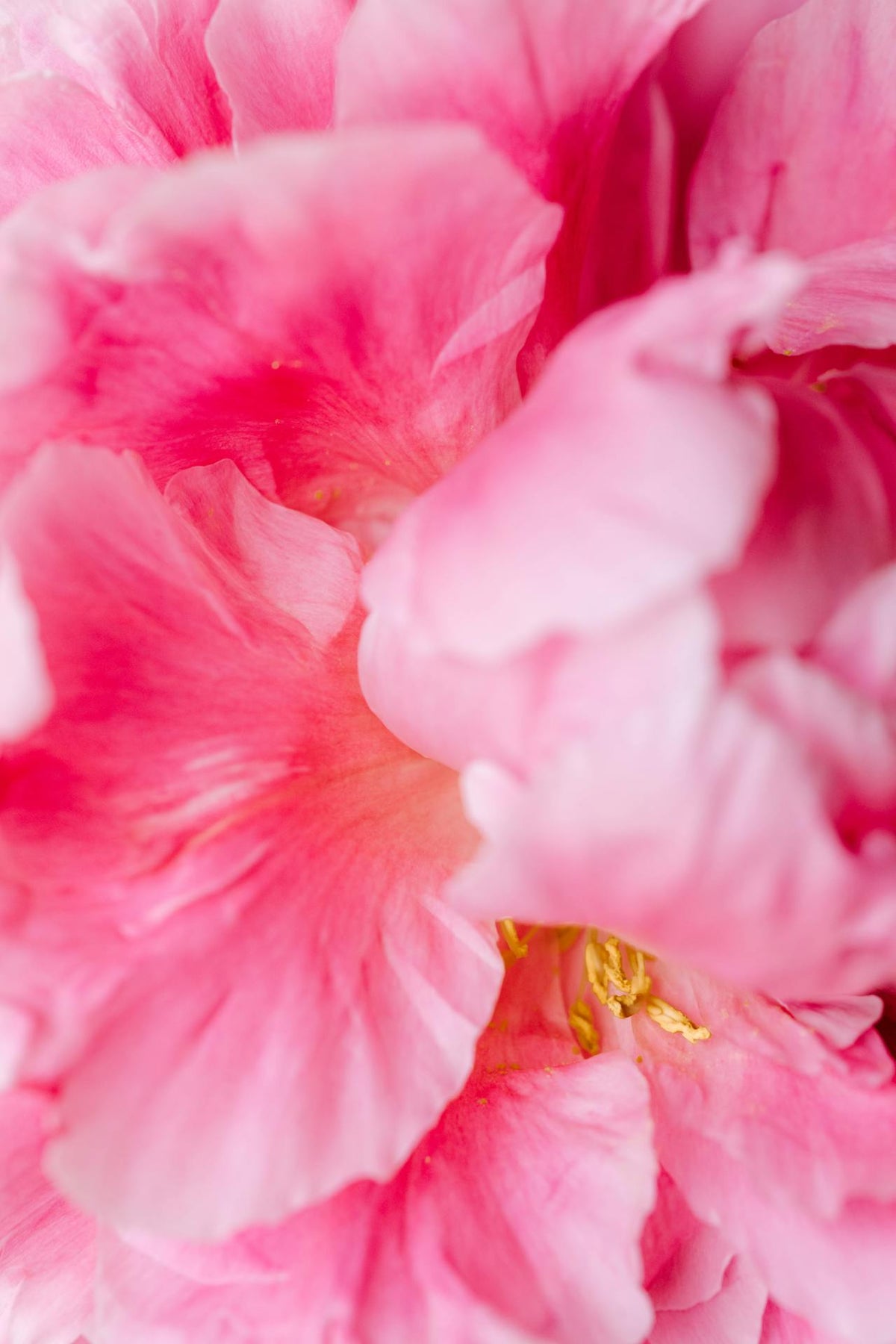Flowers depiction in Chinese art

Traditional Chinese art has a rich history that often incorporates the beauty of nature, including the use of flowers as symbolic elements in paintings and other art forms. In this guide, we will delve into the significance of flowers in traditional Chinese art.
What are the most common flowers used in traditional Chinese art?
Some of the most common flowers found in traditional Chinese art include the peony, lotus, plum blossom, chrysanthemum, and orchid. Each of these flowers holds its own symbolic meaning and is often used to convey specific messages in art.
What do these flowers symbolize?
The peony is often associated with wealth and prosperity, while the lotus symbolizes purity and enlightenment. The plum blossom represents resilience and perseverance, while the chrysanthemum is a symbol of longevity. The orchid is often used to convey elegance and refinement in traditional Chinese art.
How are these flowers depicted in traditional Chinese art?
Flowers in traditional Chinese art are typically depicted with great attention to detail and symbolism. Artists use various techniques such as brush strokes, color choices, and composition to convey the unique characteristics and meanings of each flower.
What is the significance of flowers in traditional Chinese art?
Flowers in traditional Chinese art are not just decorative elements, but they also carry deep symbolic meanings that reflect cultural beliefs and values. They are often used to convey wishes for good fortune, happiness, and prosperity.
By understanding the significance of flowers in traditional Chinese art, viewers can gain a deeper appreciation for the beauty and complexity of this art form. The use of flowers in traditional Chinese art serves as a window into the rich cultural heritage and artistic traditions of China.